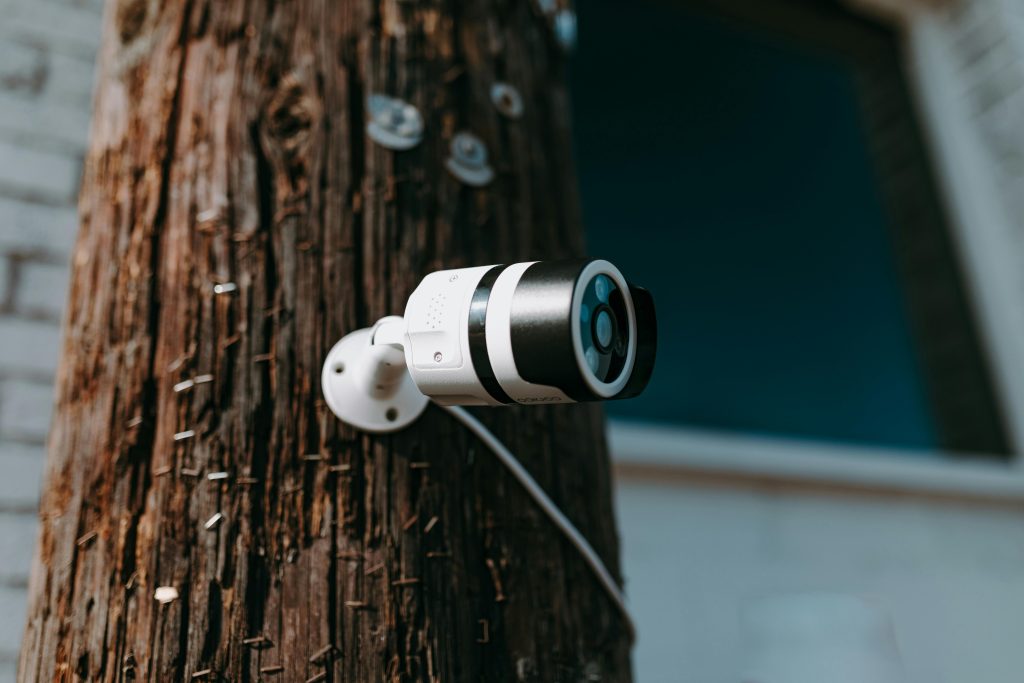Restoring a Sticky Rubber Edge on an HP Laptop: Effective Cleaning Solutions
When dealing with vintage or heavily used laptops, it’s not uncommon to encounter various forms of wear and tear. One particularly problematic issue is sticky rubber components that degrade over time, resulting in unsightly residues and stains. If you’re restoring an older HP laptop like the HP Envy dv7-7250ew and notice sticky rubber edges and surfaces, here’s a comprehensive guide to addressing this problem safely and effectively.
Understanding the Issue
Over extended periods, especially if exposed to spills, pet accidents, or environmental factors, rubber surfaces can become tacky and discolored. In some cases, the rubber may appear to be melting or deteriorating, leaving black stains and residues on the laptop casing. This not only affects the aesthetics but can also make cleaning a challenge.
In the case of the HP Envy dv7-7250ew, the rubber edges of the case have become markedly sticky and stained, raising questions about how best to clean and restore them without causing further damage.
Assessing the Cleaning Options
When considering cleaning solutions for rubber components, it is important to choose products that effectively remove residues while being gentle enough not to degrade the material. Common household solvents such as isopropyl alcohol are often recommended for electronics cleaning because of their effectiveness and quick evaporation rate. However, caution must be exercised to prevent damage to the case or internal components.
Recommended Cleaning Procedure
Materials Needed:
– Isopropyl alcohol (preferably 70% or higher)
– Soft microfiber cloth or sponge
– Cotton swabs
– Mild soap (optional)
– Water
– Protective gloves (optional)
Step-by-Step Guide:
-
Power Down and Disconnect: Ensure the laptop is turned off and unplugged from any power source. Remove the battery if applicable.
-
Initial Cleaning: Use a soft, slightly damp microfiber cloth to gently wipe away loose dirt or debris from the rubber surfaces.
-
Test a Small Area: Before applying any solution broadly, test a small, inconspicuous area of the rubber to check for adverse reactions.
-
Apply Isopropyl Alcohol: Dampen a cotton swab or microfiber cloth with a small amount of isopropyl alcohol. Gently rub the sticky/rubbery areas, focusing on the zones with residue or stains.
-
Use a Sponge or Cloth for Larger Areas: For larger sections, lightly dampen
Share this content:



